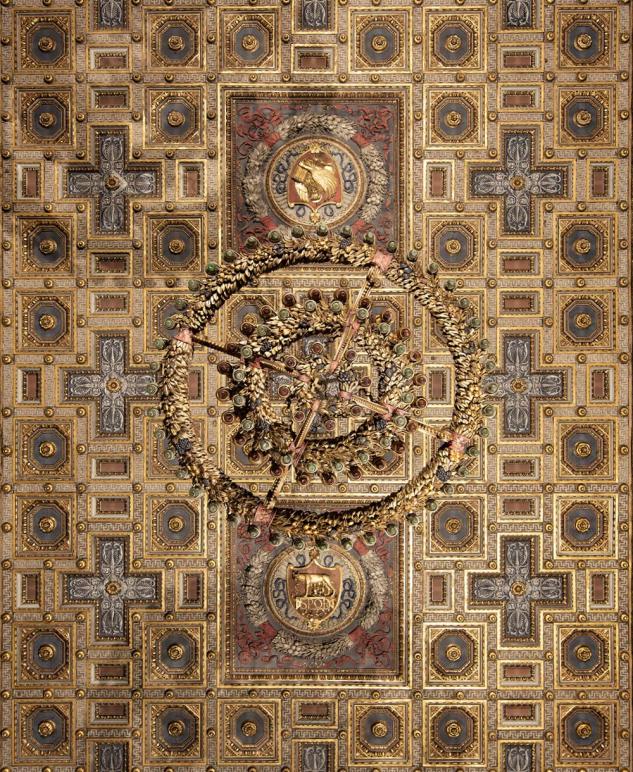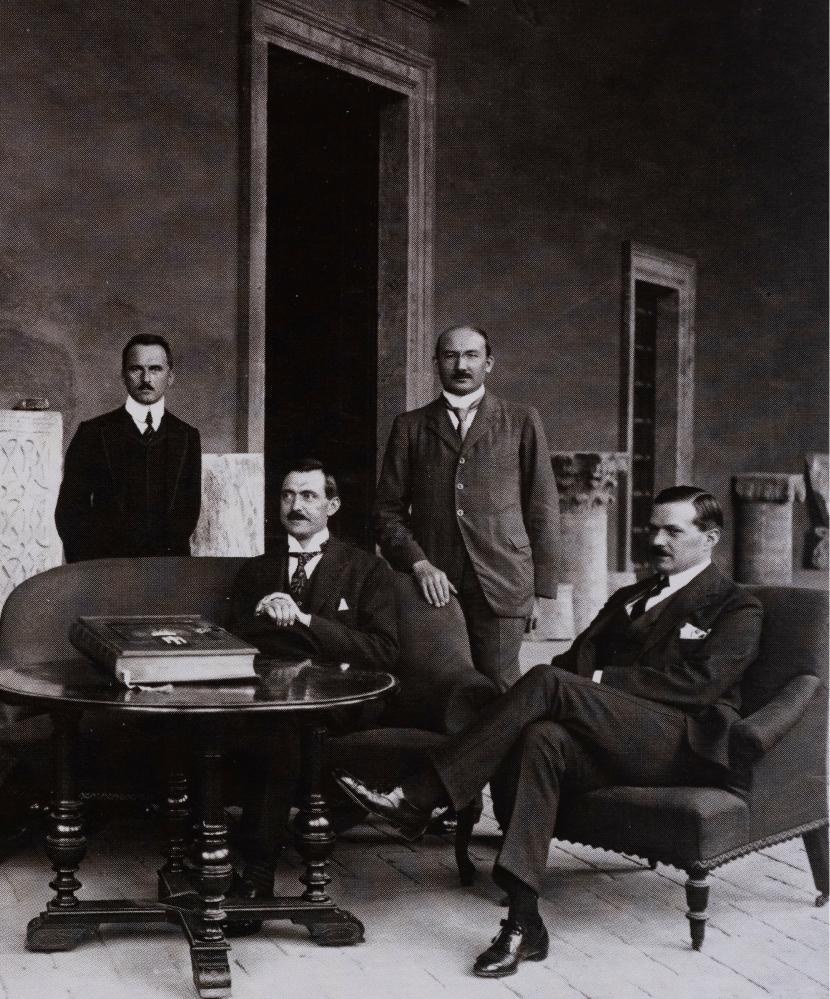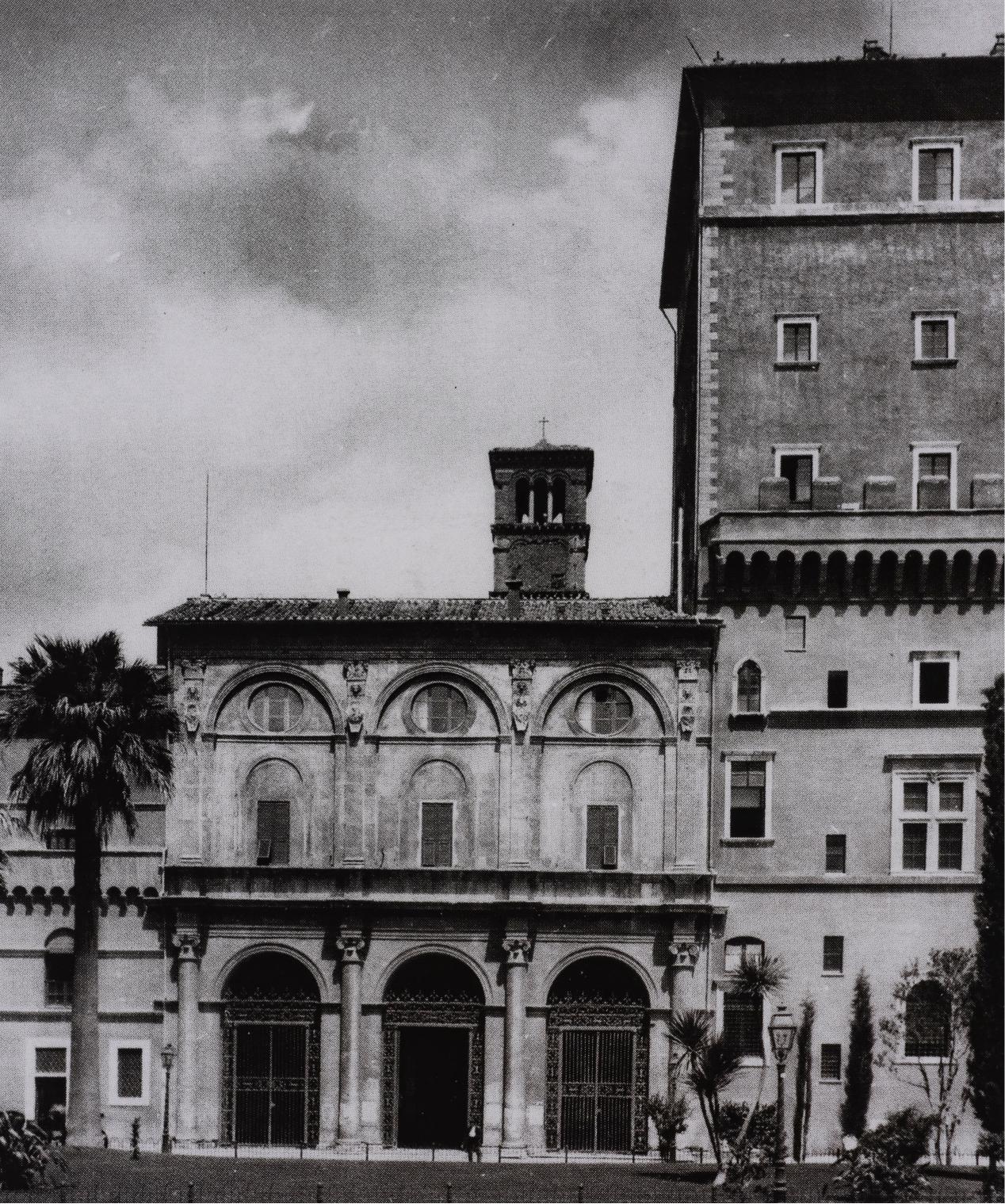There are few, if any, other buildings in Rome that contain such a rich heritage of history, art and culture. The façades, architectural layout and many of the building’s details refer to the founder and first inhabitant, Cardinal Pietro Barbo, who later became Pope Paul II (1464-1471). Following in Barbo’s illustrious footsteps, between the fifteenth and sixteenth centuries, many popes spent long periods of time there, especially during the hot summer months, including Pope Paul III Farnese (1534-1549).
As well as being a private residence, politics and diplomacy have traditionally played a decisive role within the palace. Over the centuries, hundreds of distinguished guests - including Erasmus of Rotterdam and Emperor Charles V of Habsburg - have crossed the threshold of its grand entrance, attracted by the beauty hidden within its walls.














